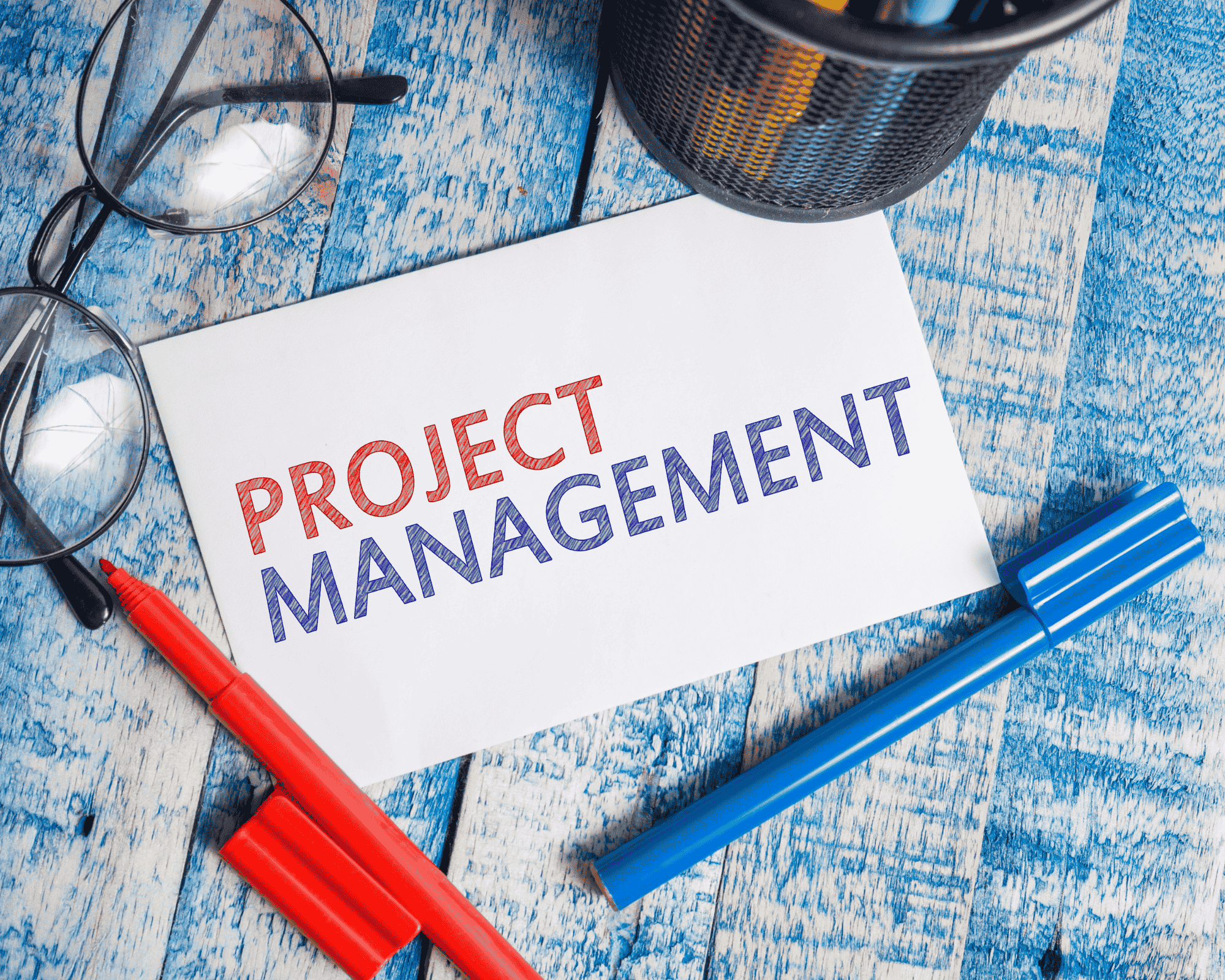

Requirements documents play a crucial role in project management by capturing the needs and expectations of stakeholders and guiding the development process. A well-defined requirements document serves as a foundation for successful project outcomes. In this article, we will explore what needs to be included in requirements documents, the key components that make them effective, best practices for creating them, and the importance of clear and concise requirements.
Understanding Requirements Documents
Requirements documents outline the functional, technical, and operational specifications of a project. They provide a clear description of what the project aims to achieve and the criteria for success. These documents serve as a reference point for all project stakeholders, including project managers, developers, designers, and testers.
Key Components of Requirements Documents
A comprehensive requirements document typically includes the following key components:
- Project Overview: A brief introduction to the project, its purpose, and the problem it aims to solve.
- Business Objectives: Clear and measurable business goals that the project intends to achieve.
- User Requirements: Detailed information about the target users, their needs, and how the project will address those needs.
- Functional Requirements: Specific functionalities and features that the project should include.
- Technical Requirements: Technical specifications, constraints, and compatibility requirements.
- Performance and Quality Criteria: Performance benchmarks, quality standards, and criteria for acceptance.
- Assumptions and Dependencies: Any assumptions made during the requirements gathering process and external factors that can impact the project.
- Constraints and Risks: Limitations, constraints, and potential risks that may affect project delivery.
- Timeline and Milestones: Project timeline, important milestones, and deliverable dates.
- Approval and Sign-off: A section for stakeholders to review and approve the requirements document.
Best Practices for Creating Requirements Documents
When creating requirements documents, it is important to follow these best practices:
- Involve Stakeholders: Engage key stakeholders throughout the requirements gathering process to ensure their needs and expectations are captured.
- Use Clear and Concise Language: Write requirements in a clear and concise manner to avoid ambiguity and misinterpretation.
- Document Changes: Keep track of changes and updates to requirements to maintain a clear audit trail.
- Review and Validate: Thoroughly review and validate the requirements document with stakeholders to ensure accuracy and completeness.
- Regularly Update: Update the requirements document as the project progresses and new insights emerge.
- Version Control: Implement version control to manage revisions and ensure everyone is working with the latest document.
- Communicate Changes: Effectively communicate any changes or updates to the requirements document to all relevant stakeholders.
The Importance of Clear and Concise Requirements
Clear and concise requirements are vital for project success. They help in:
- Minimizing Misunderstandings: Well-defined requirements reduce the risk of miscommunication and misunderstanding among project stakeholders.
- Guiding Development: Clear requirements provide a roadmap for developers, ensuring that the project meets stakeholders’ expectations.
- Controlling Scope Creep: Well-documented requirements help in managing scope creep by clearly defining the project boundaries.
- Facilitating Testing: Detailed requirements enable testers to develop effective test plans and ensure comprehensive test coverage.
- Enabling Effective Project Management: Clear requirements serve as a basis for project planning, resource allocation, and risk management.
- Enhancing Customer Satisfaction: When requirements are met, customer satisfaction increases, leading to successful project outcomes.
Sign-up for a 7-day free trial! Try the first two modules of Brain Sensei’s story-based PMP and CAPM Exam Prep courses and a mini practice exam and see how it all works
Conclusion
Requirements documents are crucial for project success, providing a clear roadmap for project development. By including key components such as project overview, business objectives, user requirements, and technical specifications, you can ensure that all stakeholders are aligned and have a common understanding of project expectations. Following best practices and creating clear and concise requirements further enhances project outcomes. Remember, effective requirements documents lead to efficient project execution and satisfied stakeholders.
Have you led projects and are looking to earn a project management certification? You might be interested in learning about how lucrative this can be. Check out these articles.
13 PMP Benefits Once You Get The PMP Certification
No experience leading projects but still want to get into project management? No problem! Check out these articles.
CAPM Certification Eligibility
What is a Certified Project Manager; How do I get PM Certifications


